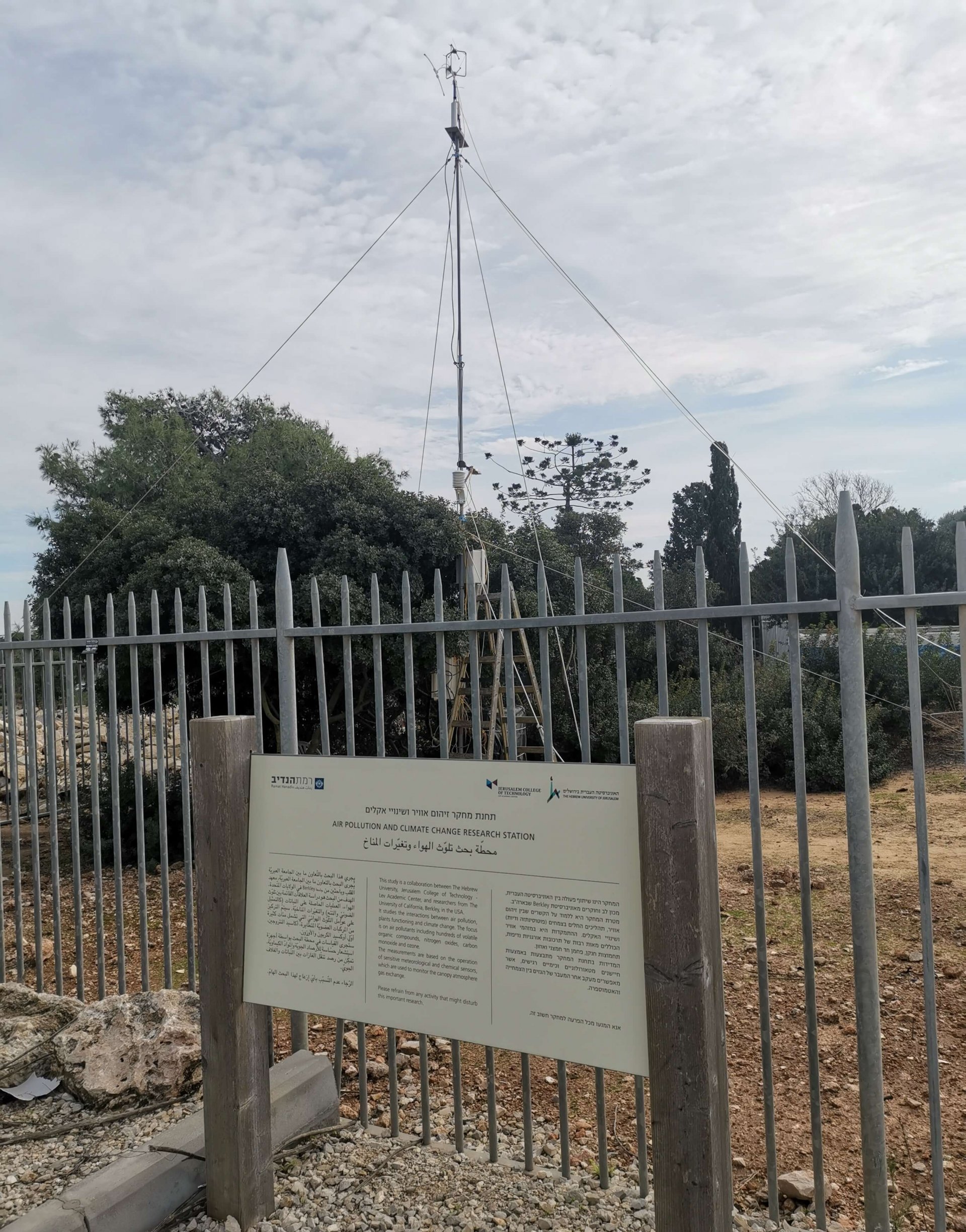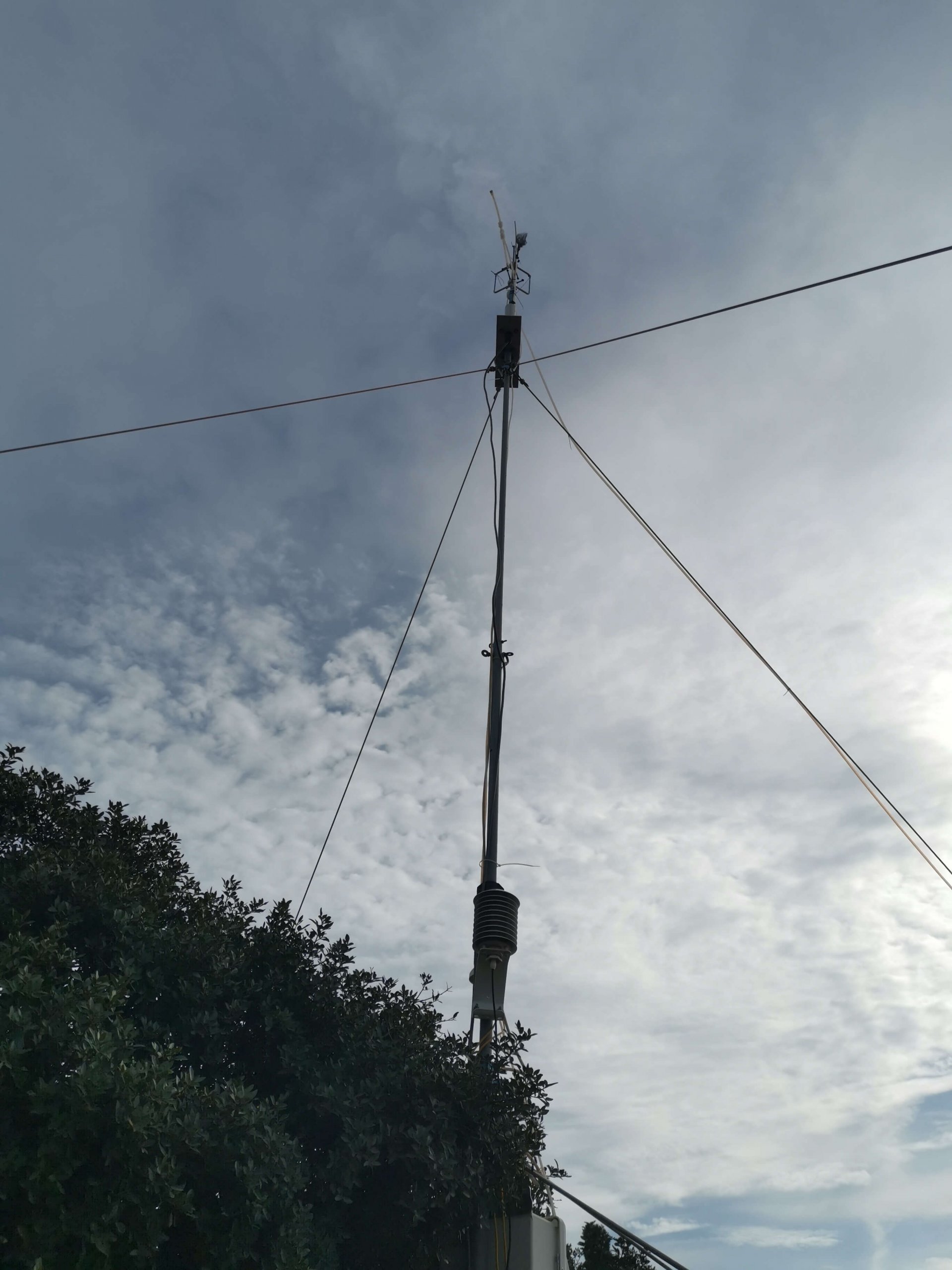Methods:
In order to approach the objectives of the study, ecosystem-atmosphere gas exchange will be used to quantify the fluxes of water vapor (H2O), carbon di-oxide (CO2), ozone (O3) and VOCs in Yatir forest and Ramat Hanadiv Shrubbery. The eddy covariance technique allows calculating the flux rate by placing meteorological and chemical (specific for the investigated gases) sensors over the ecosystem. All used sensors need to be highly precise and operate at high frequency (>10Hz). The water vapor and carbon di-oxide measurement enables us to follow the plants activity and functioning. The ozone flux measurement allows to determine the ozone flux through the plants stomata, based on the water and carbon di-oxide fluxes. The VOCs fluxes will be determined using the Proton-Transfer-Reaction-Time-of-Flight Mass Spectrometry (PTR-ToF-MS). This newly developed methodology currently enable us the measurement of a much larger number of VOCs species compared with previous studies, allowing the simultaneous quantification of hundreds of species, while many of them were not recognized as being emitted from vegetation so far (Park et al., 2013). During the research the concentration of other gases will be continuously measured including, carbon monooxide, nitrogen oxides and sulfur di-oxide. The quantification of these gases along with complementary measurement data will enable us to follow air pollution processes and sources.
References :
Mills G. and H. Harmens. 2011. Ozone Pollution: A hidden threat to food security Report prepared by the ICP Vegetation. Centre for Ecology and Hydrology, Environment Centre Wales, UK.
Park J.-H., Goldstein A.H., Timkovsky J., Fares S., Weber R., Karlik J. & Holzinger R., (2013) Active atmosphere-ecosystem exchange of the vast majority of detected volatile organic compounds, Science, 341, 643–647.





